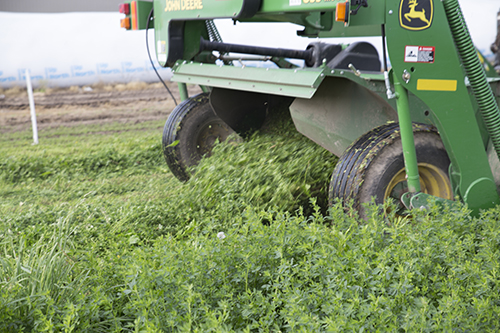
When margins are slim, farmers are forced to make tough decisions. While it is tempting to cut corners wherever possible, not all cuts yield comparable results. The key is to focus investments in areas that provide the greatest return.
"We're making big investments in places that make sense," said John Hunter, a third- generation crop farmer from Southeastern Missouri. Hunter farms about 5,400 acres, raising field corn, popcorn, soybeans, rice, cotton, and pumpkins. He shared his philosophy for managing margins during a producer panel discussion held at Ag Media Summit in St. Louis, Mo.
"On my operation, the biggest place I am making investments is in my soil," Hunter said. "Farm ground is at an all-time high, and they are not making any more of it."
For that reason, "We're doing things to try to conserve our land and improve soil health," he said.
Some of those changes made the past few years include expanding the use of no-till, utilizing diverse cover crop mixes to keep ground covered all year long, monitoring nutrient management closely, and using a diverse crop rotation mix.
Hunter stated that yield is often the driver for cropping decisions, but it is not the only factor that leads to profitability.
"There are two ways to put more money in your pocket: Increase revenue by increasing yield or lowering your cost of production," he said.
"Yield is on our radar; it has to be there. But the way I get there can be different," Hunter further explained. "We feel that healthy soil is more profitable soil. It has lower dependence on irrigation, chemicals, and fertilizer. If I can regenerate my soils to be less dependent on outside inputs, that in turn makes us more profitable."
This mentality works for dairy producers, too. While pounds of milk shipped is often the main goal, there may be other ways to improve profitability that yield better results. Taking a close look at the entire operation can reveal other places that are most worth the investment during times of low milk prices.
August 1, 2016








